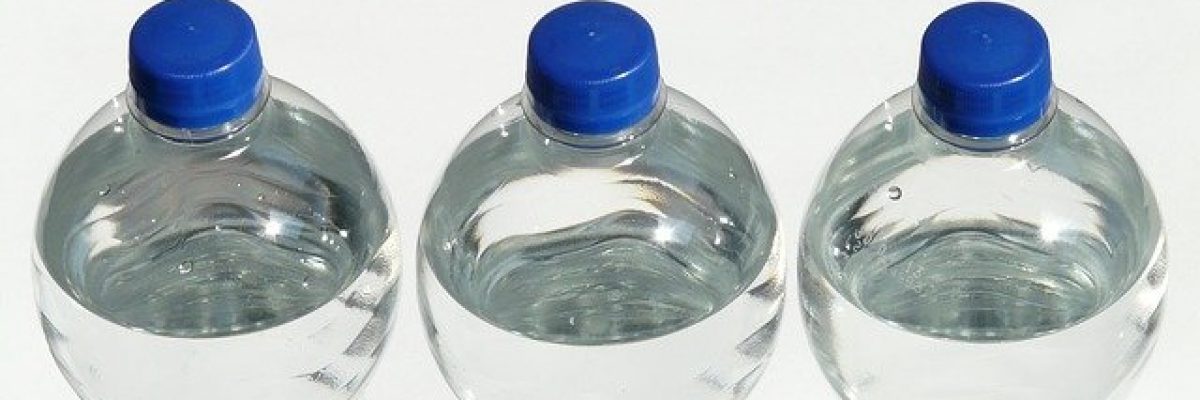The pain relieving specialist gives a hint: Water from plastic bottles. An alternative to water from the tap? I’m afraid it’s not.
Now I know the water from the tap, in Ireland, is not what you would call necessarily drinkable and tasty. It’s adequate. It meets the necessary standards. But that’s all it is. Right?
If you were to grade the water, what grade would that be? Lower Second Class Honours – Third Class Honours, 50% – ? Or already 40%? Now, after all, the body we inhabit is “operated” for 70, 80, 90 years. Right? And it would be very desirable to replenish one of the most important resources of the body rather with at least “Letter Grade A”. Better still with 90 or 100%. (70 years with 50% less power? Or with 50% below its capabilities? Partially below. The human body consists of about 70% water. )
Switching to bottled water is a logical step. The water should probably meet higher standards. Well… we’ll see. Researchers at the “State University of New York” were commissioned by Orb Media, a non-profit journalism organisation, to test 259 bottles from 11 popular bottled water brands for microscopic plastic.
The brands included Aquafina, Nestlé Pure Life, Evian, Dasani and San Pellegrino.Result: Overall, only 17 out of 259 bottles were found to be free of microscopic plastic particles, and none of the brands consistently tested free of plastic contamination. The worst contaminated brand was Nestlé Pure Life. (The most contaminated sample – 10,390 particles per litre). The least contaminated brand was San Pellegrino – with 74 particles per litre.
Here is the relevant link: https://orbmedia.org/stories/plus-plastic
As noted in Orb Media’s “Plus Plastic” report: “Humans need around 2 litres of fluid per day to stay hydrated and healthy – even more in hot and dry regions. Orb’s findings suggest that a person drinking one litre of bottled water a day ingests tens of thousands of microplastic particles each year…
“Comment on my part: And that’s just the plastic that you have to add on top of what is added by other foods via food intake. The report goes on to mention: “Some particles can be deposited in the intestinal wall. Others can be absorbed by intestinal tissue…Particles of about 110 microns (0.11 millimetres) can be introduced into the body’s hepatic portal vein….”
“Smaller particles in the range of 20 microns (0.02 mm) have been shown to enter the bloodstream before being deposited in the kidneys and liver…
“Comment on my part: The plastic is difficult to eliminate from the body. Clean water supports the excretion. However, if what is supposed to help does exactly the opposite – what do you call that?
Possible solutions: (Which I am personally pursuing.) Water filter (I use 2 different systems, one after the other). Water bottles that release no or very, very few particles. Avoid personal care products that contain microbeads. (These may be listed as “polyethylene” or “polypropylene” in the ingredients list).
If I could give you some new ideas – phantastic. ![]()
See you next time.
Stay strong.
Matti













